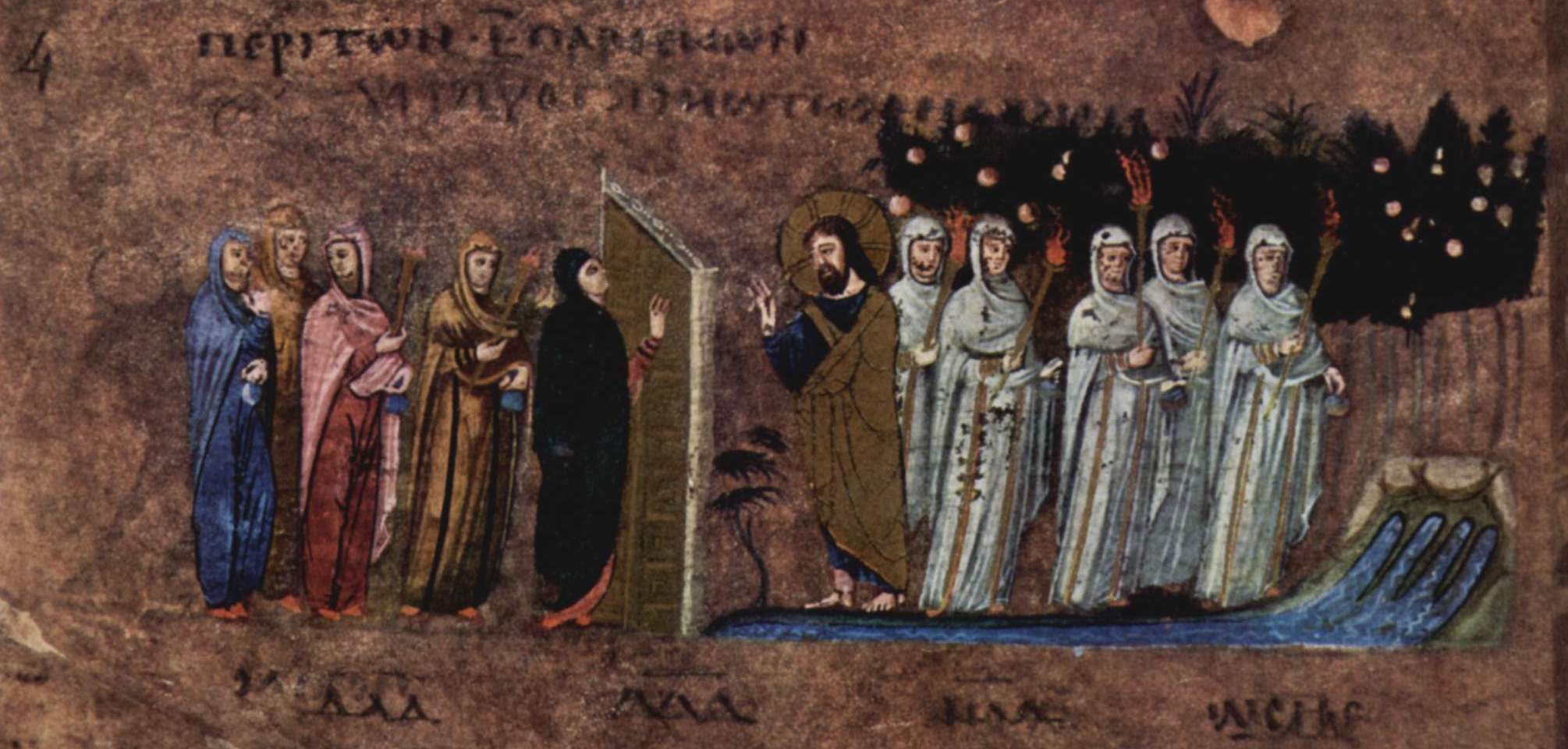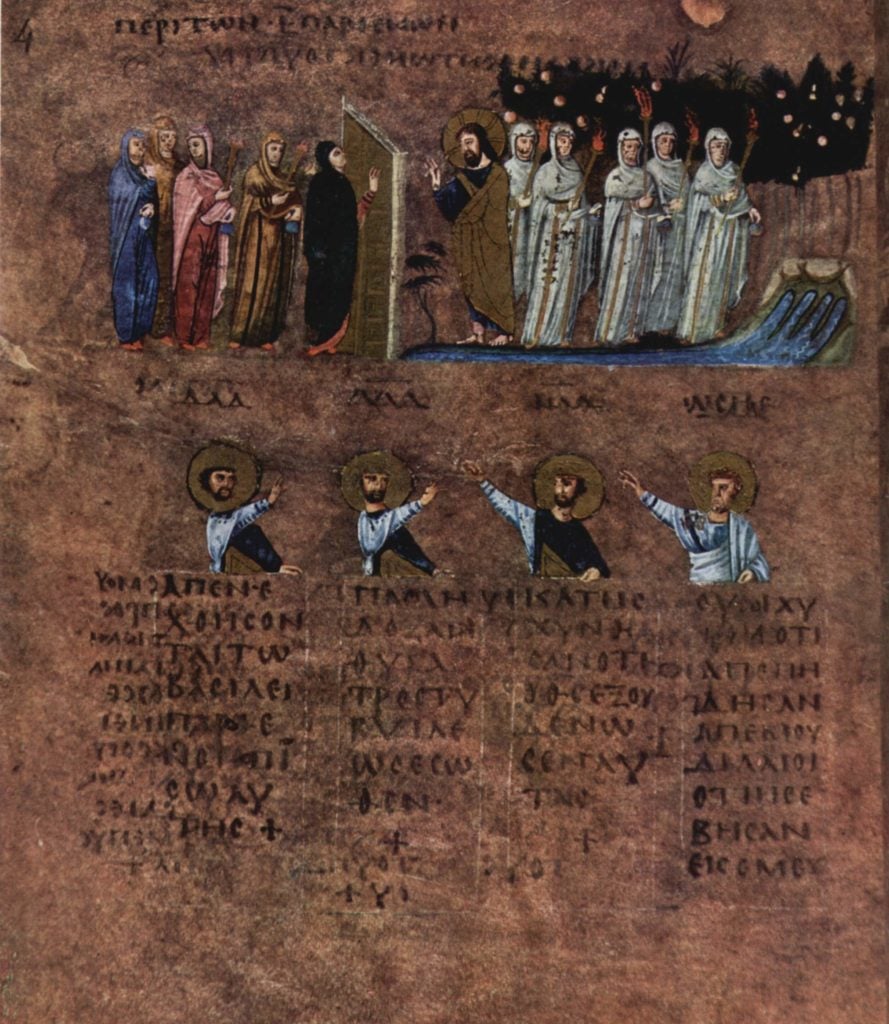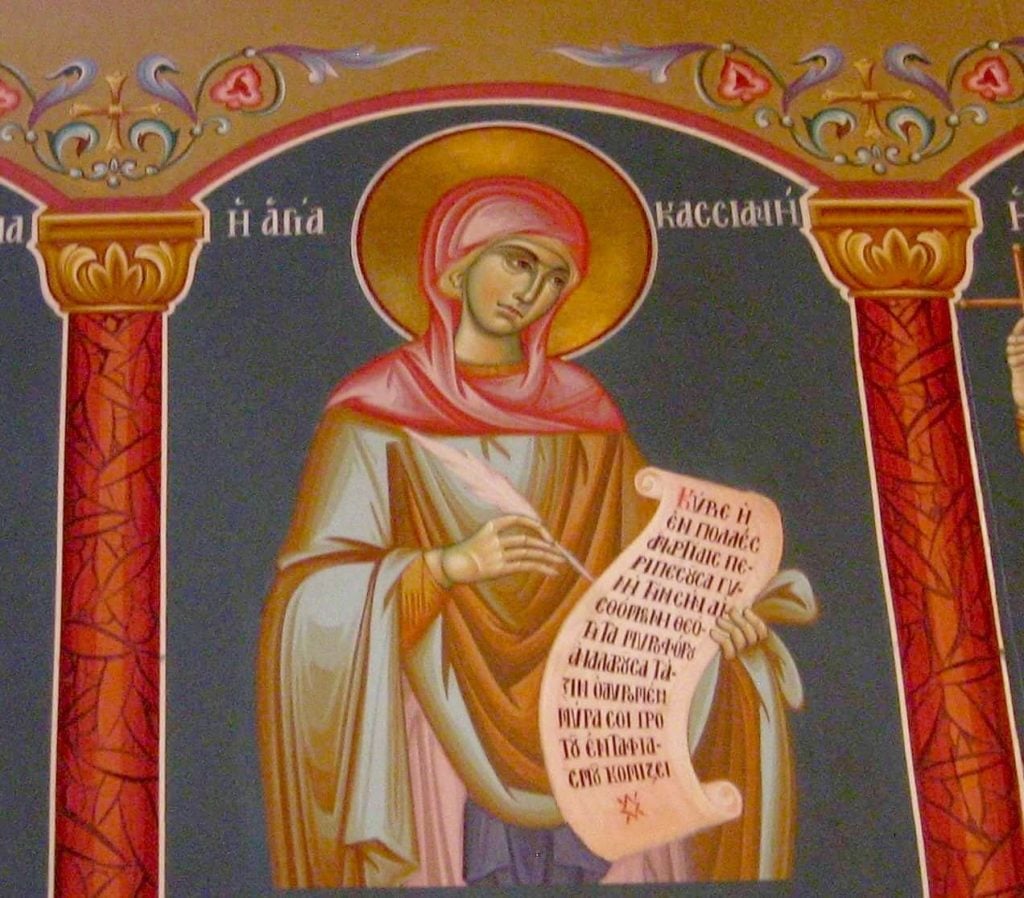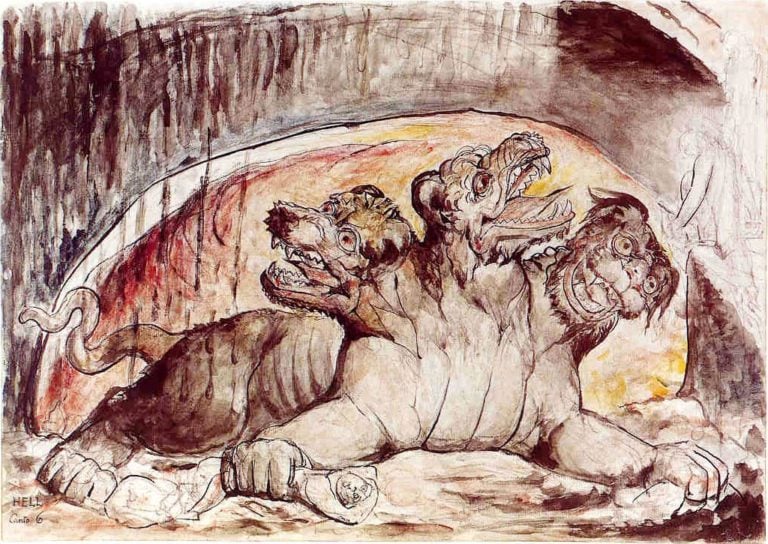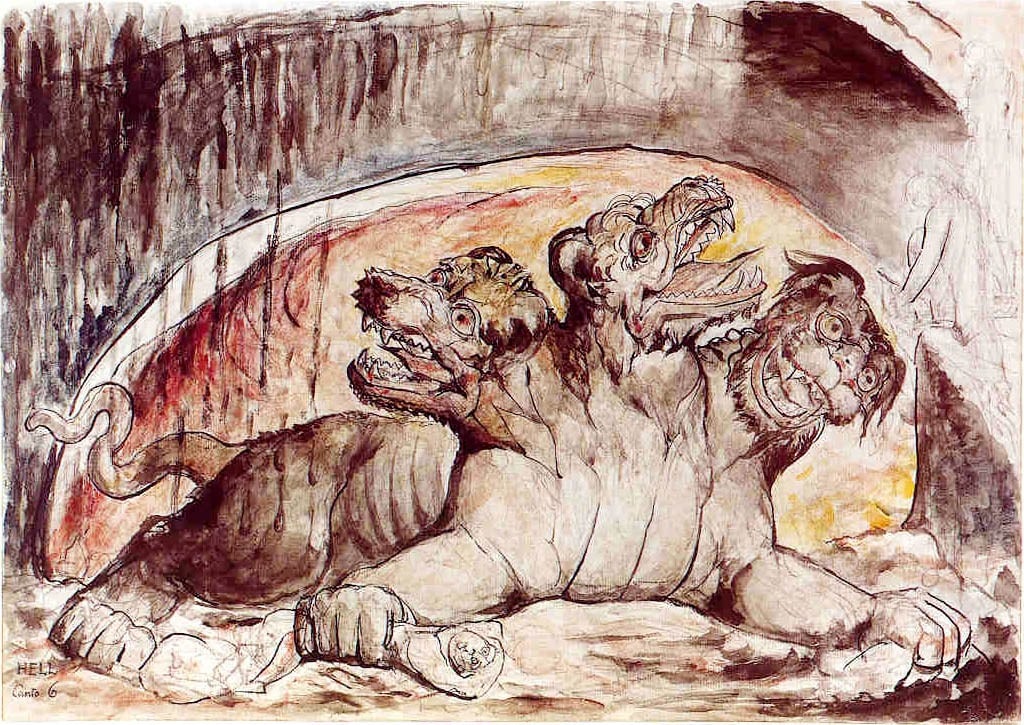
The winner of the historic $1.3 billion Powerball jackpot has been revealed as an immigrant from Laos who is battling cancer and had his latest chemotherapy treatment last week.
Cheng “Charlie” Saephan, 46, of Portland, who has had cancer for eight years, said he and his wife, Duanpen Saephan, 37, would split the prize evenly with a friend who contributed $100 to buy some tickets with them.
They are taking a lump sum payment — $422 million after taxes.
The winner of the $1.3 billion Powerball jackpot in Oregon last month has been identified as 46-year-old Cheng “Charlie” Saephan, a Laos-born immigrant living in Portland who has been undergoing cancer treatment for the past eight years. pic.twitter.com/yOGQsI8zg9
— CBS Evening News (@CBSEveningNews) April 29, 2024
“I am grateful for the lottery and how I have been blessed,” he said at a news conference Monday held by the Oregon Lottery, adding that his “life has been changed.”
“I will be able to provide for my family and my health… I’ll find a good doctor for myself.”
He said that as a cancer patient, he wondered, “How am I going to have time to spend all of this money? How long will I live?”
After they bought the tickets with Laiza Chao, 55, of Milwaukie, Chao sent a photo of them to Saephan and said, “We’re billionaires.”
It was a joke before the actual drawing, he said, but the next day it came true. According to Saephan, he called Chao to tell her the life-changing news. After discovering he was holding the winning ticket, he called her to share the news.
“I said, ‘Laiza, where are you?’ and she said, ‘I’m going to work,’” said Saephan. “I replied, ‘You don’t have to go anymore.’”
WATCH: Laotian immigrant battling cancer speaks out after winning $1.3 billion Powerball jackpot. pic.twitter.com/ZNW4ADqkMd
— NBC News (@NBCNews) April 30, 2024
Powerball Jackpot winner plans to purchase a home
According to KOIN, Saephan also told reporters he plans to first purchase a home for his family in Oregon. He also said he will likely continue to play the lottery after his winnings.
“I might get lucky again,” he said. “I’ll keep playing.”
The single ticket, which matched all six numbers drawn to win the jackpot, was sold off at a Plaid Pantry convenience store in a Portland neighborhood in early April, ending a winless streak that had stretched more than three months.
“This is an unprecedented jackpot win for Oregon Lottery,” Oregon Lottery Director Mike Wells said in a statement before security measures were taken and the winner was named.
“We’re taking every precaution to verify the winner before awarding the prize money.”
Until the latest drawing, no one had won Powerball’s top prize since New Year’s Day, amounting to 41 consecutive drawings without a jackpot winner — tying a streak set twice before in 2022 and 2021.
The drawing, too, was marred by a delay of more than three hours after a participating lottery needed “additional time to complete required pre-draw procedures.”
“Powerball game rules require that every single ticket sold nationwide be checked and verified against two different computer systems before the winning numbers are drawn,” Powerball officials said at the time.
“This is done to ensure that every ticket sold for the Powerball drawing has been accounted for and has an equal chance to win. Tonight, we have one jurisdiction that needs extra time to complete that pre-draw process.”
Related: $1.765 Billion Powerball Jackpot Goes to Lucky Player in California





